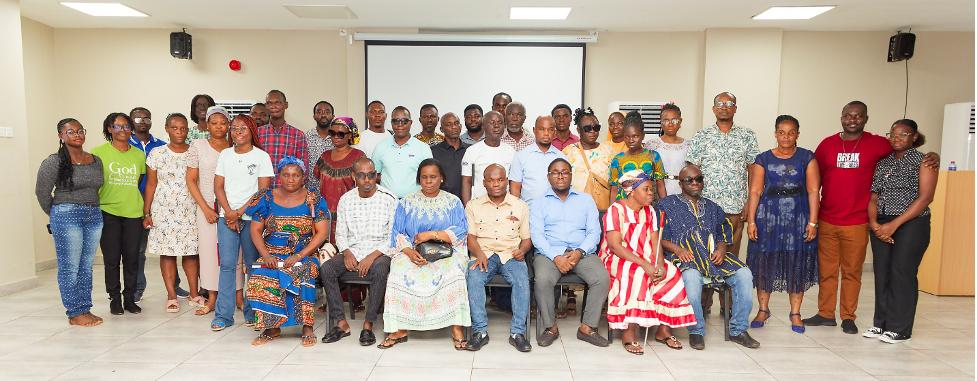

The Usage and Uptake Team visited the Ashanti Region of Ghana to engage directly with persons with disabilities and caregivers on the development of inclusive assistive technologies. A total of 80 people participated in the stakeholder engagement session, comprising 60 persons with disabilities and 20 caregivers. The session aimed to gather insights, listen to concerns, and co-create solutions that reflect the lived realities of people with disabilities in Ghana.
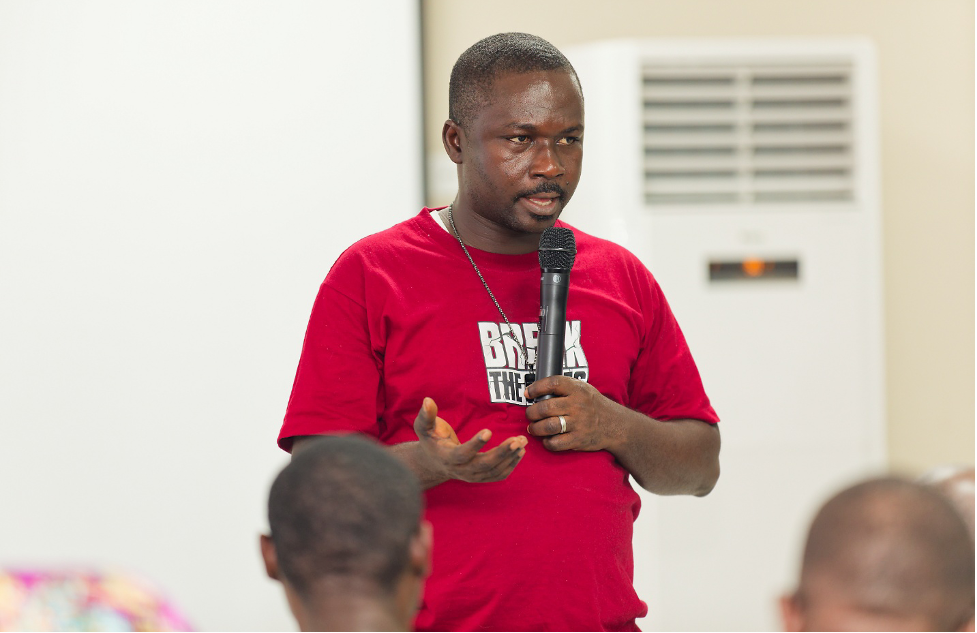
The meeting began with opening remarks by Dr. Enoch Acheampong from the Kwame Nkrumah University of Science and Technology (KNUST). He explained that the study’s focus was to conduct research that directly benefits persons with disabilities. He introduced SignTalk, an innovative AI-based tool that translates sign language into text and vice versa. He also spoke about the I-Wheel project, which aimed to create AI-powered wheelchairs for individuals with mobility impairment. Dr. Acheampong emphasized that local languages such as Ga, Hausa, Akan, and Dagbani had been embedded into the system to improve accessibility and relevance. He also shared that users would receive training to ensure they could effectively navigate and benefit from the technology.
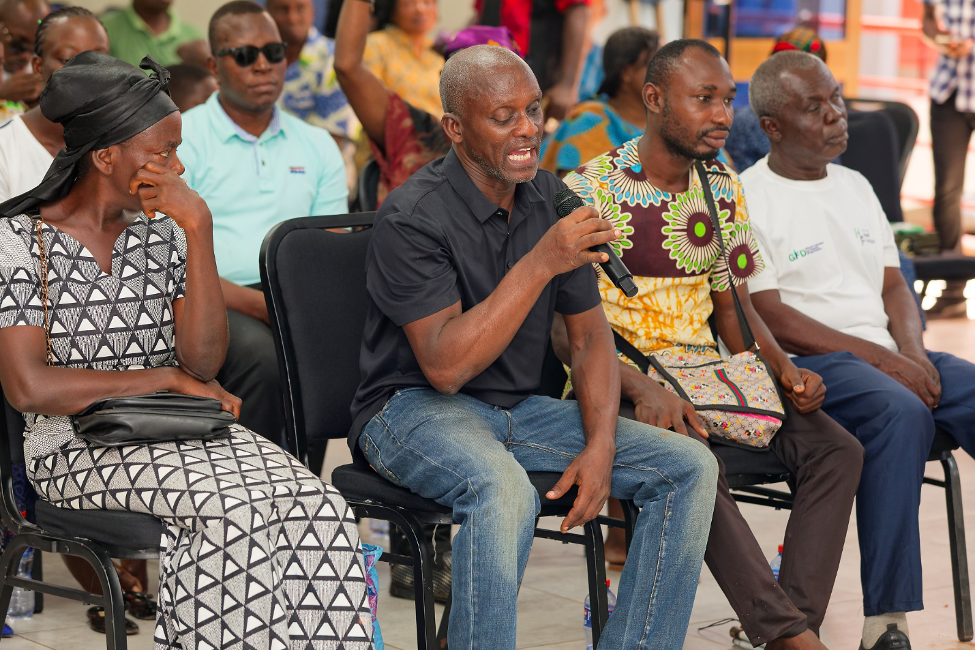
Throughout the interactive session, participants shared thoughtful questions and suggestions. Some inquired about the cost and availability of the assistive devices, wondering if they would be provided at no charge. Others raised technical and practical concerns, for instance, how the devices would behave in dangerous zones or on rough terrain. A few participants suggested enhancing wheelchair features to include a massage function for added comfort. For those with visual impairments, the importance of addressing road-crossing challenges using improved white cane technology was highlighted.
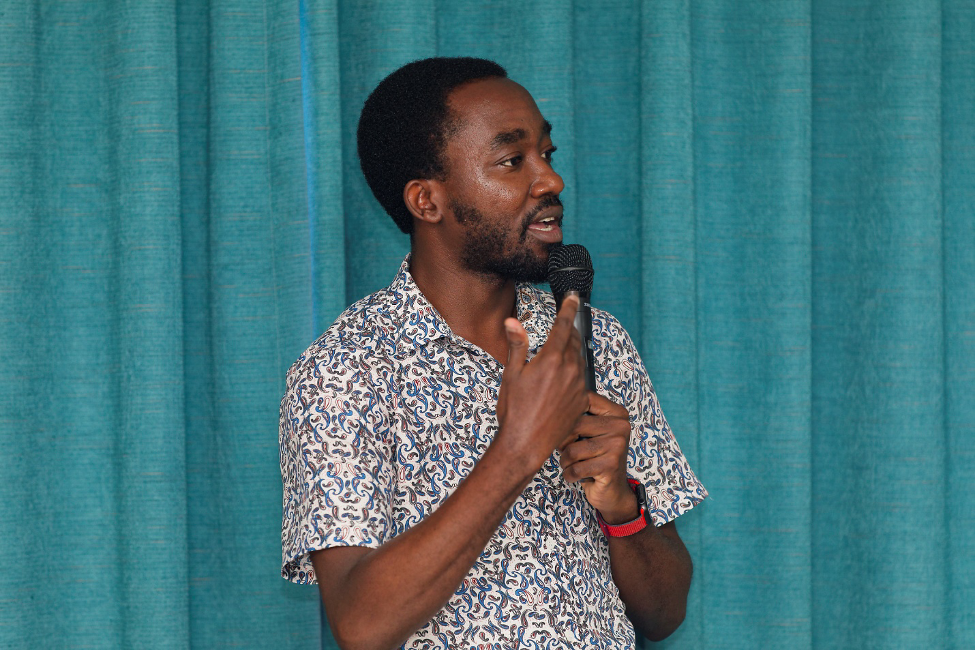
Dr. Justice Owusu Agyemang, coordinator of the scoping study, emphasised the broader vision of the project. He explained that beyond device creation, the study sought to understand the everyday challenges of individuals with disabilities and ensure the resulting technologies empower them to live more independent and dignified lives. He reiterated the central philosophy behind the research: inclusion through participation.
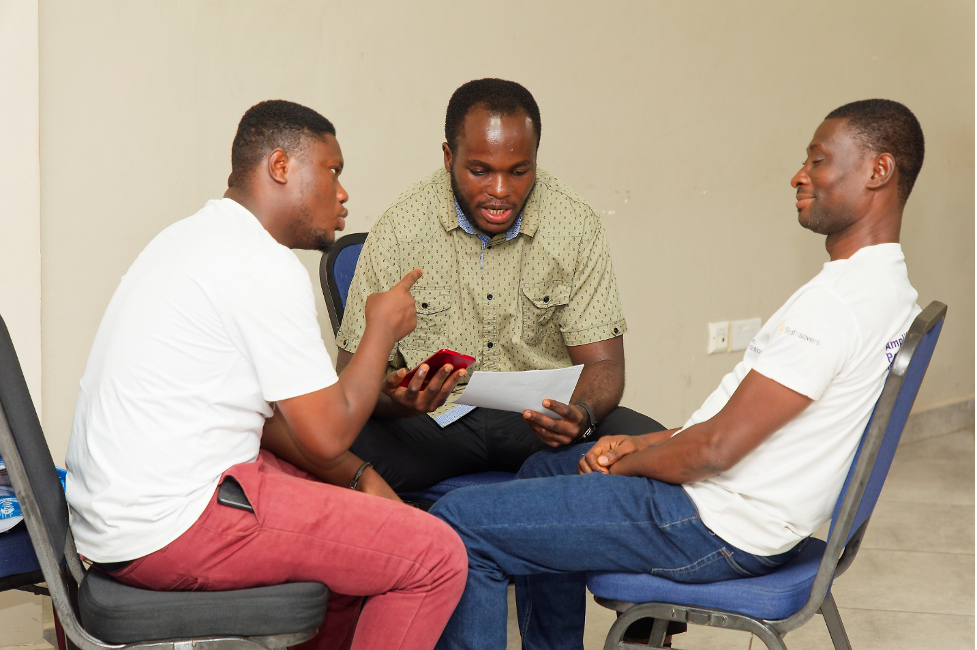
To support the research, questionnaires were administered to the 80 participants, including 20 individuals each from the visual and hearing impairment communities, and 20 persons with physical impairments. The questionnaires were adapted to suit the communication needs of each group, ensuring all participants could comfortably share their views and experiences. Their feedback is expected to guide the refinement of the technologies to suit real-life needs.

Twenty caregivers were also involved in the study, with seven participating in a focused group discussion. This session provided a platform for them to share challenges, concerns, and recommendations from their perspective as daily support providers. Their input highlighted the importance of designing assistive tools that consider both users and caregivers alike.
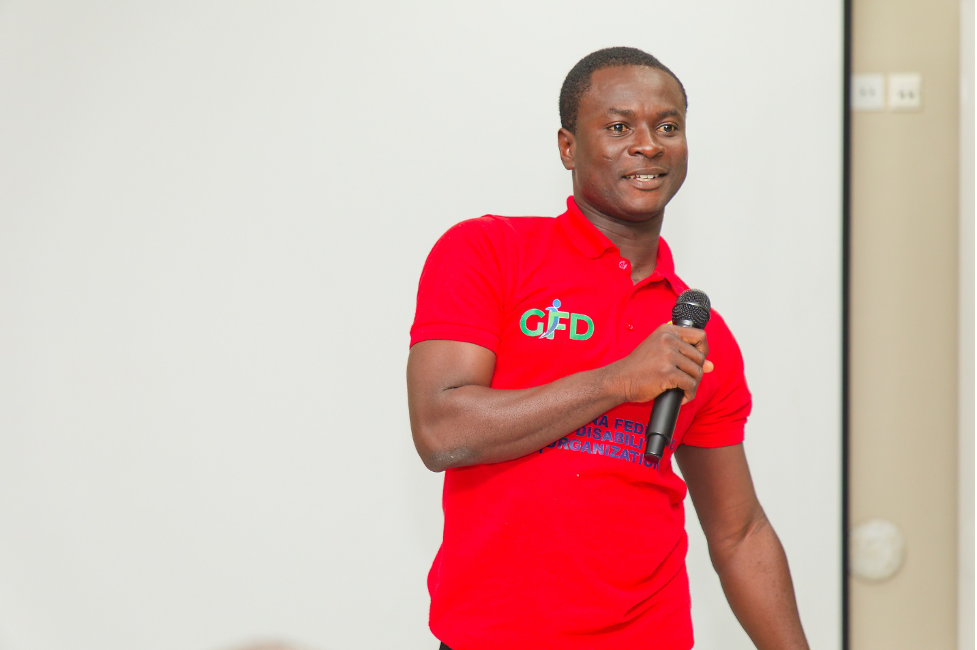
The meeting concluded with closing remarks by the Secretary of the Ghana Federation of Disability Organizations. He expressed deep appreciation to the researchers and organizers for prioritizing the voices of persons with disabilities. He encouraged participants to continue seeking knowledge and noted that information and access to assistive technologies could increasingly be found online. Most importantly, he called for continued collaboration, recognizing that true inclusion is built through ongoing dialogue and partnership.